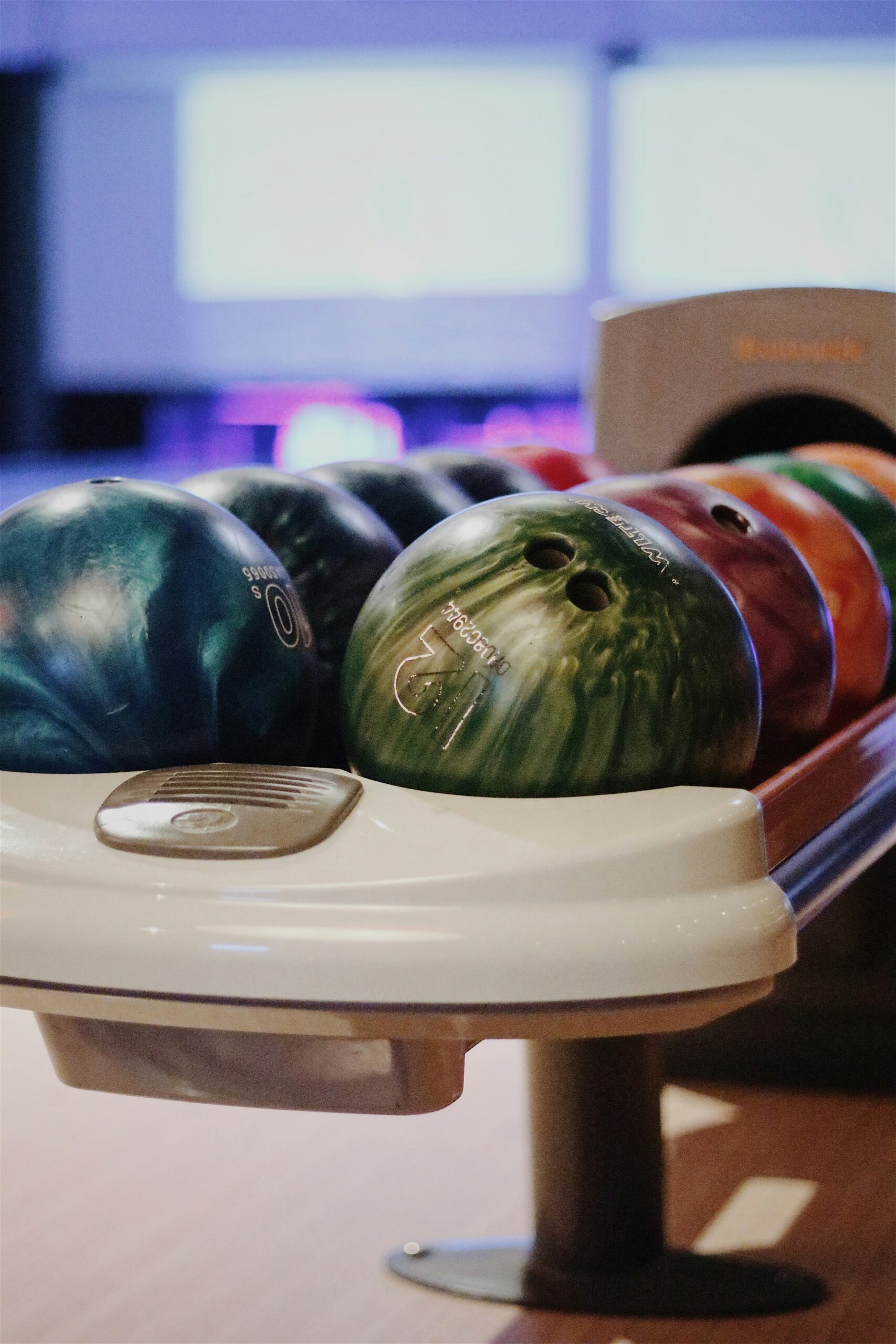The Rich History and Evolution of Bowling
Introduction
Bowling is a popular sport enjoyed by people of all ages around the world. It has a rich history that dates back thousands of years. In this article, we will explore the origins of bowling and how it has evolved over time to become the beloved game it is today.
The Origins of Bowling
The origins of bowling can be traced back to ancient civilizations. The earliest evidence of a game similar to bowling was found in ancient Egypt, where archaeologists discovered a primitive form of the game dating back to around 3200 BC. The Egyptians played a game called “kubb,” which involved rolling stones at wooden pins.
Another early form of bowling can be found in ancient Rome. The Romans played a game called “bocce,” in which players would roll stones to try and get as close as possible to a smaller target stone. This game eventually evolved into the modern-day sport of bocce ball.
Bowling in Medieval Europe
Bowling gained popularity in Medieval Europe, particularly in England and Germany. During this time, it was often associated with religious festivals and celebrations. The game was played outdoors and involved rolling a ball to knock down pins or other objects.
In England, bowling became a popular pastime among the nobility. It was often played on grassy lawns and was known as “lawn bowling.” The game was played with wooden balls and the objective was to roll the ball as close as possible to a smaller target ball.
In Germany, bowling took on a slightly different form. The game was played indoors on a wooden lane, and the pins were often shaped like animals or other objects. This version of the game eventually spread to other parts of Europe.
The Evolution of Modern Bowling
The modern form of bowling that we are familiar with today originated in the United States during the 19th century. German immigrants brought their version of the game to America, where it quickly gained popularity.
Originally, bowling was played outdoors on grassy lanes. However, as the game became more popular, indoor bowling alleys began to appear. These alleys featured wooden lanes and pins, and the game was played with heavy balls made of lignum vitae, a dense tropical wood.
Over time, improvements were made to the equipment and rules of the game. In the early 20th century, the introduction of automatic pin-setting machines revolutionized the sport. This allowed for faster and more efficient gameplay, and made bowling more accessible to the general public.
Today, bowling is enjoyed by millions of people around the world. It has become a competitive sport with professional leagues and tournaments, as well as a popular recreational activity for friends and families.
Conclusion
The history of bowling is a fascinating journey that spans thousands of years and multiple cultures. From its humble origins in ancient Egypt and Rome, to its evolution into a beloved sport in Medieval Europe, and finally to its modern-day form, bowling has captured the hearts of people all over the world.
Whether you’re a seasoned bowler or a beginner, the game of bowling offers a fun and challenging experience for everyone. So, the next time you step onto the bowling alley, take a moment to appreciate the rich history behind this beloved sport.

